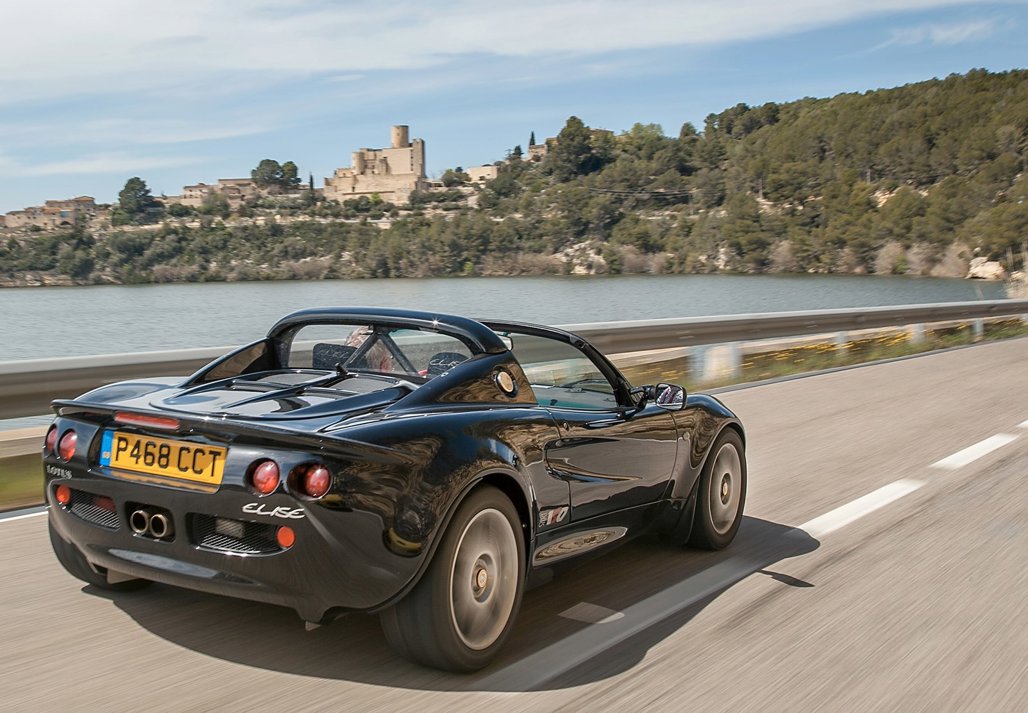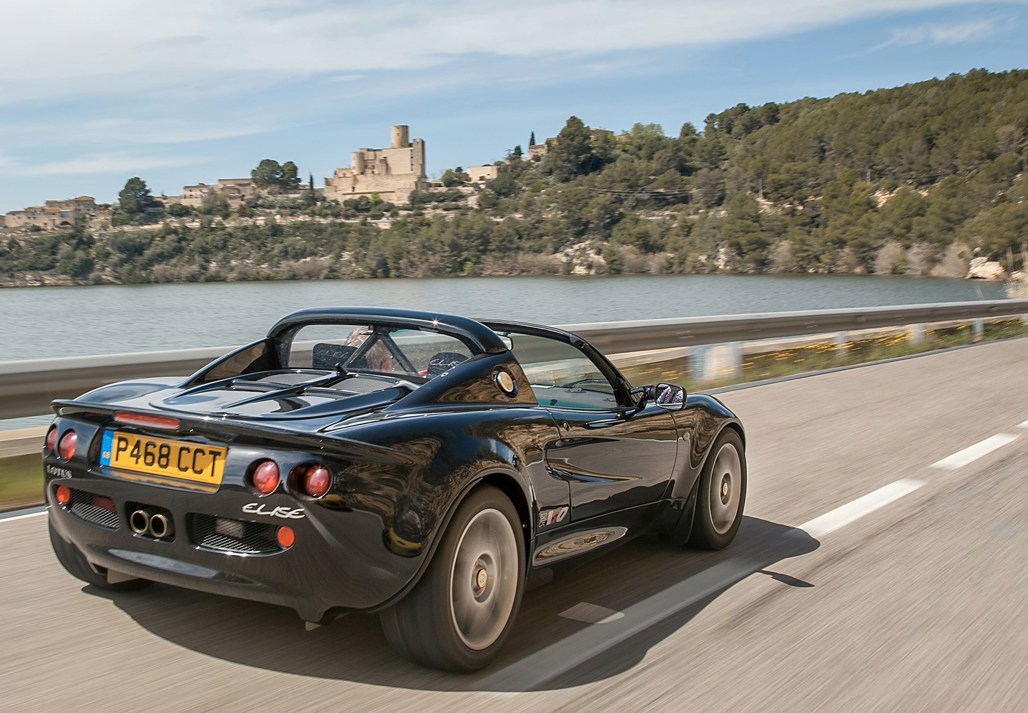Recounting the legacy of the plucky Lotus Elise
By the mid-Nineties the writing appeared to be on the wall for Lotus Cars. It had struggled through the Seventies and Eighties, survived the death of its founder Colin Chapman and multiple changes of ownership but nothing the company did seemed to work.
A year in which the company managed to build a mere 1,000 cars was indeed a good – and sadly rare – one. By the start of the Nineties all it had to offer was the Esprit and Excel, both cars designed almost two decades earlier.
Salvation was meant to come via the new Elan, which Lotus had piled everything into, bravely made front-wheel drive and hoped it would work on the world stage. And but for the global recession of the early Nineties and the arrival of the cheaper, better looking, more entertaining and even more Elan-like Mazda MX-5, work it may well have done.
In the event sales were slow and the Elan survived for fewer than three years, although about 800 more S2 models were built from spares a few years later. It was a disaster.

The then-owner of Lotus, General Motors, lost patience and sold the company to an Italian entrepreneur called Romano Artioli, best known at the time for his brave but doomed attempt to revive the Bugatti brand (later performed successfully by theVolkswagen Group).
But Artioli had an idea. He perceived that the bulk of Lotus’ woes stemmed from the fact it had forgotten what had made it great in the first place. If Lotus were once more to make an extreme lightweight, technically innovative, back-to-basics sports car, would the latent power of the brand not do the rest?
It most certainly would. The result, in September 1996, was the Lotus Elise and it was a revolution. Its chassis was made from aluminium and it was not screwed, bolted or even riveted together, it was glued. It was also incredibly light. Even more radical was the use of aluminium brake discs. It had double wishbone suspension at each corner in true racing style but the engine and gearbox – the bits people worry about going wrong – were off-the-shelf items from Rover.
And when Lotus finally dropped it on the scales, they discovered it weighed only 725kg. With so little weight to carry, it didn’t need much power to go fast: 118bhp from the 1,796cc Rover K-series engine would deliver a 0-60mph time of only 5.9sec. And it didn’t even need much fuel. Lotus claimed that, at a constant 56mph, it would do nearly 50mpg.
The press went into hyperbolic overdrive. The Elise was not just the best car in its class, in handling terms it was the best car on sale at any price. Yet when it went on sale it cost only £19,950 ($35,279NZD), about the same as Volkswagen was then asking for a top-of-the-range Golf.
Artioli’s instincts were entirely correct. In its first full year on sale, Lotus sold more cars than it had in any previous year of its existence. In its second year more than 3,000 Elises were sold, three times the number considered to be a good year for the company before the Elise was born.

And it has kept on selling. By all logic the Elise should have been put out to pasture long ago, but while its sales today cannot be compared with those of 20 years ago when it was in its pomp, the Elise and its racey Exige sister have kept Lotus alive all these years, never letting sales dip back down into three-figure territory again.
It seems the Elise will finally earn its retirement in 2020 when an all-new replacement will finally be ready.
Details of the new car are scarce, but work has begun and the brief is simply to take the original concept and bring it right up to date, with the same unwavering focus on light, simple, advanced engineering.
Let’s hope the wait proves worth it.
- Andrew Frankel, Telegraph.co.uk




